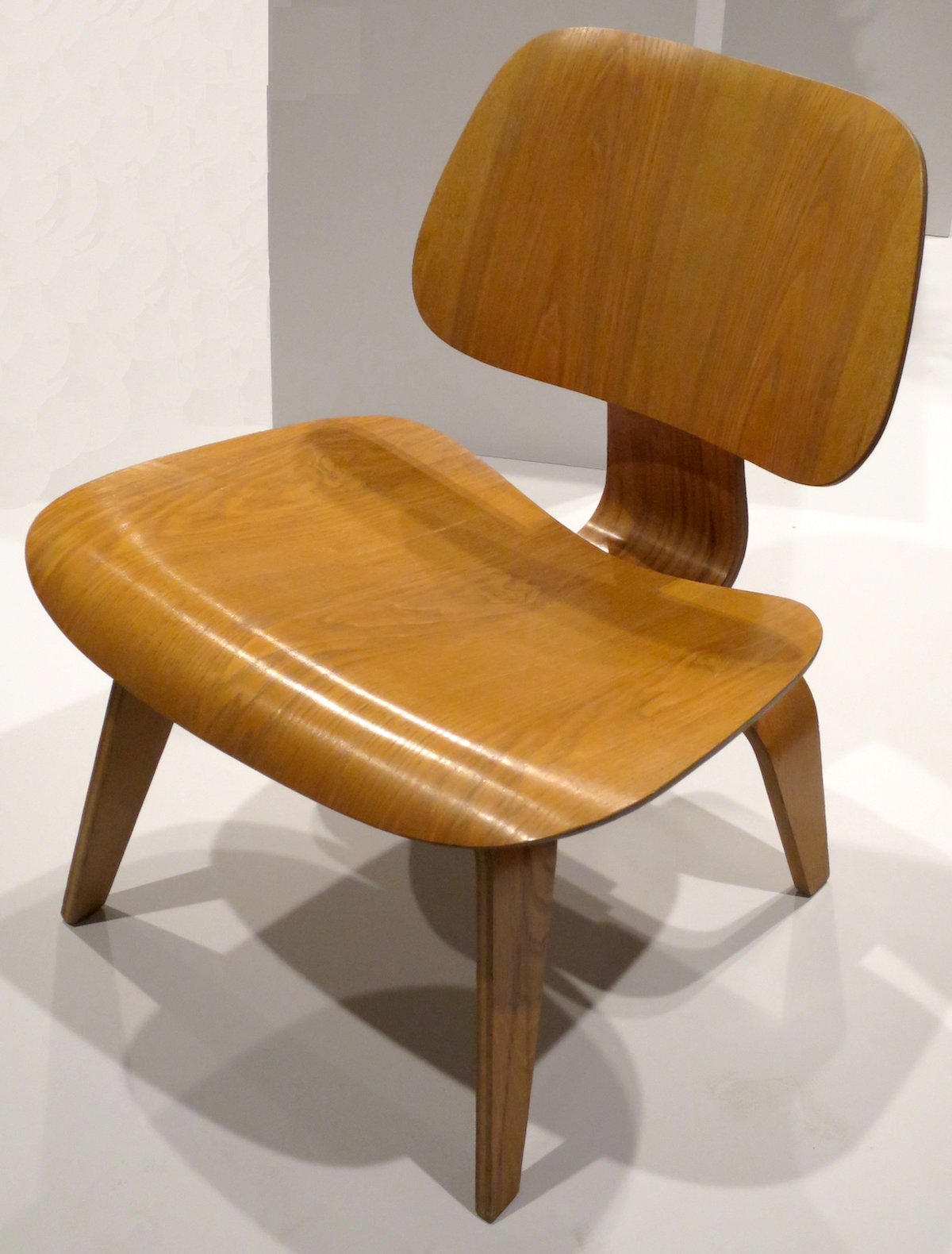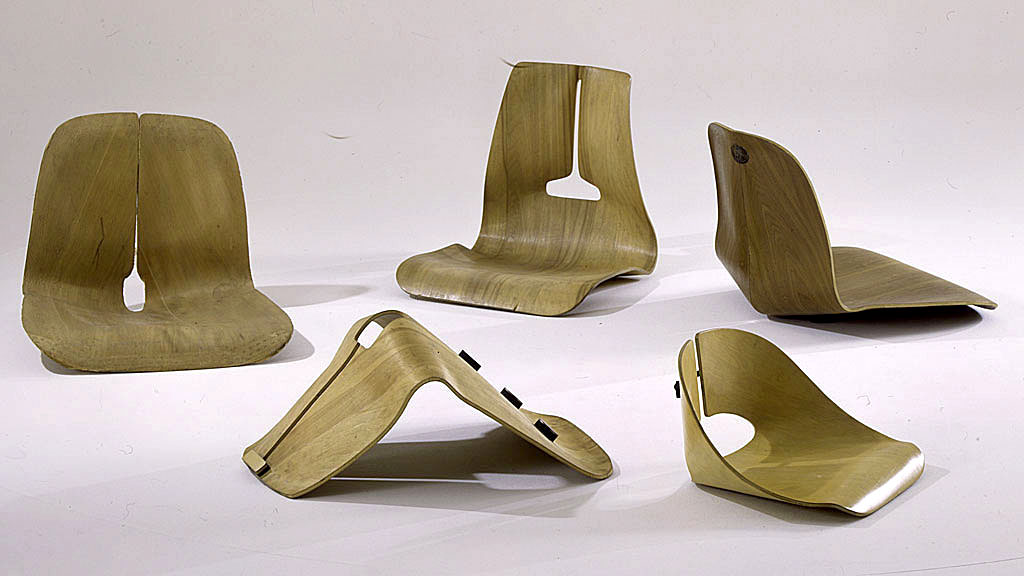You may be familiar with this object:

Photo by Hiart, via Wikimedia
This is the Eames LCW chair, which Time magazine called “the chair of the century.”
If you’ve ever seen one in person, you’ll know how alluring this chair is: its shape, size, and materials entice you to sit down and chill out. Although it was designed in the 1940s, the LCW looks contemporary. (Or rather, timeless.) The LCW is also well-suited to the commercial interests of its manufacturer, Herman Miller: it can be fabricated and sold at a profit. In short, it’s a classic.
Great designs such as this one don’t happen accidentally. The LCW required a deep understanding of how people use chairs and a lot of work. Critically, it also required first-hand knowledge of materials and manufacturing techniques.
As it often happens, the project was driven by the appearance of a new technology: molded plywood. Laminated wood had been around for a long time, but it really came into its own in the 19th century with the appearance of better adhesives and steam-powered machinery. By World War II, techniques for building with plywood had come far enough that it could be used to build aircraft instead of (then-scarce) metal.
The Eames office had designed several plywood-based artifacts needed for the war effort: stretchers, glider shells, and leg splints. As a result, they’d conducted experiments that gave them first-hand exposure to the material. After the war, the office returned to designing civilian artifacts, including furniture. The Eameses turned their research towards the design of a mass-reproducible plywood chair. Many more experiments ensued:

Photo: Library of Congress
Note that these prototypes don’t look like the LCW we know and love. One of the Eames’s original hypotheses was that they could produce a chair where the seat and the back were made from a single sheet of molded plywood. These hands-on experiments disproved that direction: they discovered that plywood splinters when bent in the ways they required. This eventually led to the two-plane design we know today.
I doubt a team that separated “designers” from “engineers” could’ve produced something as beautiful and well-suited as this chair. That’s not to say that the Eames team was composed of “unicorns”; after all, the office wouldn’t be manufacturing the production versions of the chairs. Rather, what was needed was a team of designers willing to understand the capabilities and constraints of their primary technology by getting sawdust and glue under their fingernails. Not precision — understanding.
The distinction between designers and makers is a false dichotomy. Designers _are _makers. The question is one of degree of fidelity to “final” production artifacts. While some designers make abstract models that merely hint at possible implementation directions, others make artifacts that are very close to implementation-ready. An understanding of implementation technologies doesn’t preclude conceptual thinking, whereas conceptual thinking in the abstract — disconnected from the realities “on the ground” — can lead down alluring dead-ends.
Good design calls for a deep understanding of implementation technologies — an understanding that is best acquired with rolled-up sleeves, a bit of patience, and a curious, open mind.